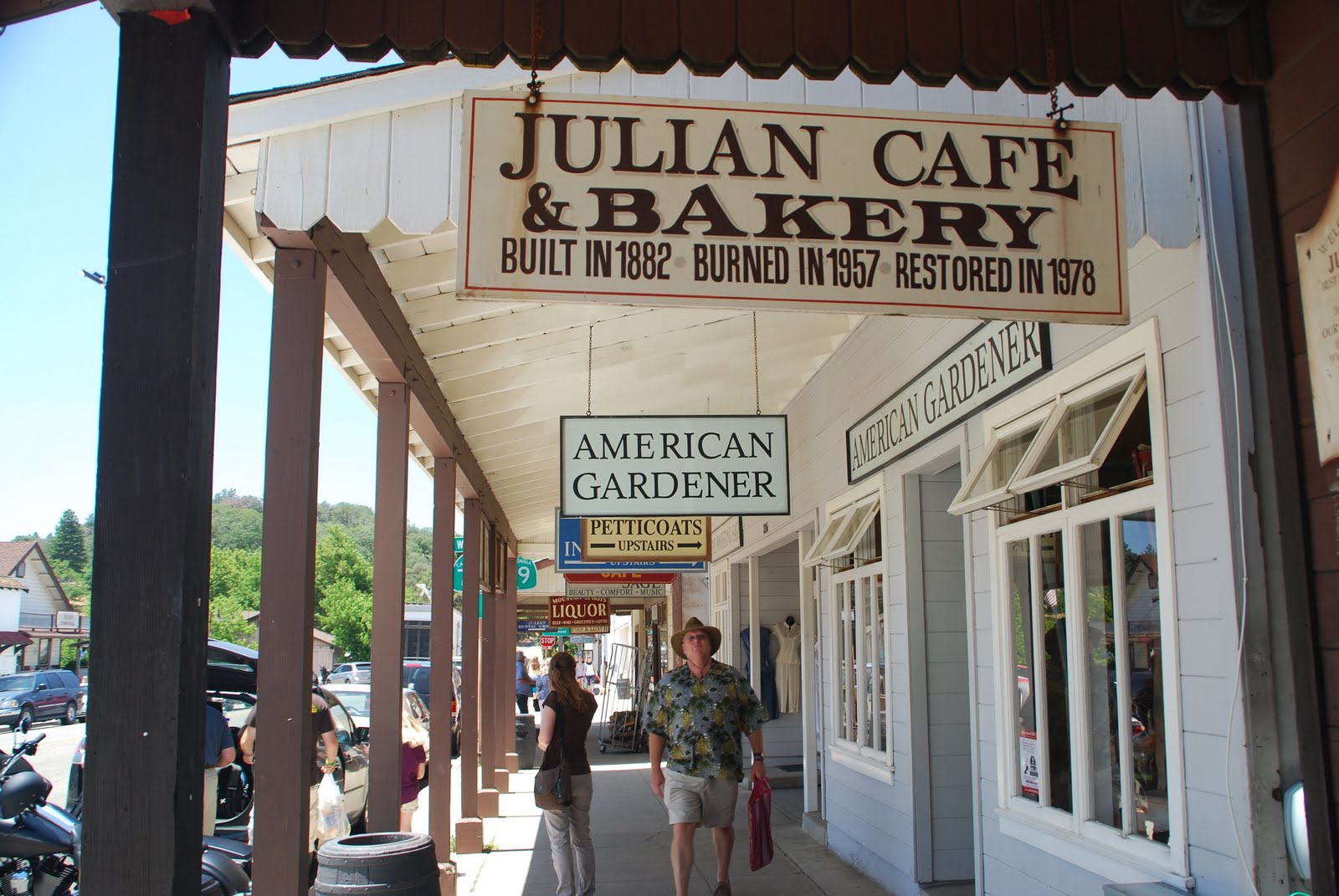A Glimpse into a Historic Gold Rush Town
Origins and Early Settlement

Julian, California, is a picturesque town nestled in the Cuyamaca Mountains, known for its rich history and charming character. Before becoming a beacon of the Gold Rush era, the region was inhabited by the indigenous Kumeyaay people. They thrived in the area for thousands of years, living in harmony with the land and its resources.
In the mid-19th century, as American settlers began to migrate westward, the landscape of Julian began to change. Drue Bailey and his cousin Mike Julian, for whom the town was later named, were among the first settlers to arrive in the 1860s. They were drawn to the region’s beauty and potential for farming, marking the beginning of a new chapter in Julian’s history.
The Gold Rush Era


Julian’s transformation from a quiet farming community to a bustling gold mining town began in 1869. A former slave named A.E. “Fred” Coleman discovered gold in a small creek, setting off a frenzied rush of prospectors eager to stake their claims. The discovery sparked the Julian Gold Rush, attracting a diverse array of miners, entrepreneurs, and fortune seekers from across the country.
The influx of miners led to the establishment of numerous mining operations, including the Eagle and High Peak Mines, which became some of the most productive in the region. At its peak, Julian boasted a population of over 6000 people, and the town quickly developed to accommodate the growing community. Saloons, hotels, stores, and other establishments sprang up, creating a vibrant and lively atmosphere.


Post-Gold Rush Development
As the initial excitement of the Gold Rush waned in the late 19th century, many miners left Julian in search of new opportunities. However, the town’s agricultural potential sustained it through the years. Julian’s fertile soil and favorable climate made it an ideal location for apple orchards, and by the early 20th century, apple farming became the town’s primary economic driver.
The annual Julian Apple Days Festival, which began in 1909, celebrates the region’s apple-growing heritage and remains a beloved tradition to this day. The town’s historic buildings, many of which date back to the Gold Rush era, have been meticulously preserved, giving visitors a glimpse into Julian’s storied past.
Modern Day Julian


Today, Julian is a popular tourist destination, known for its charming downtown area, historic landmarks, and scenic beauty. The town’s well-preserved 19th-century architecture, combined with its reputation for producing delicious apple pies, attracts visitors from near and far. Julian’s small-town charm and rich history make it a unique and enchanting place to explore.
In addition to its historical significance, Julian offers a range of outdoor activities, including hiking, horseback riding, and birdwatching. The nearby Cuyamaca Rancho State Park and Cleveland National Forest provide ample opportunities for nature enthusiasts to enjoy the stunning landscapes and diverse wildlife of the region.
The history of Julian, California, is a tale of transformation and resilience. From its early days as a quiet settlement to its boom during the Gold Rush and its evolution into an agricultural hub, Julian has continually adapted to changing times while preserving its unique heritage. Today, the town stands as a testament to the enduring spirit of those who have called it home, inviting visitors to experience the rich tapestry of its past and the beauty of its present.

